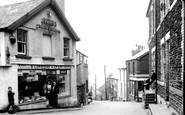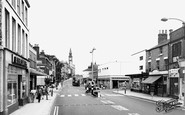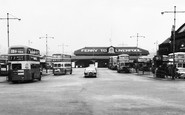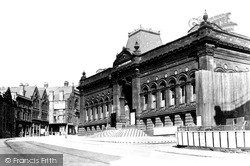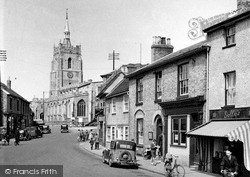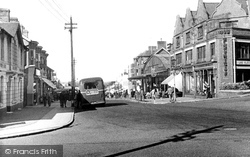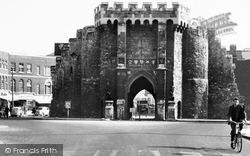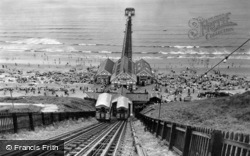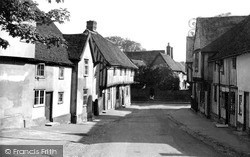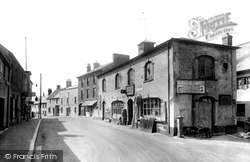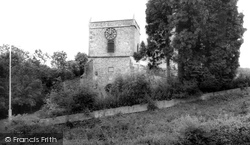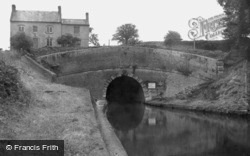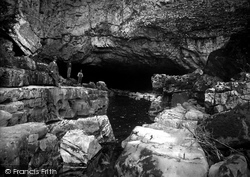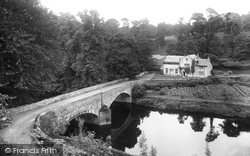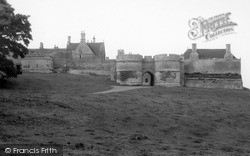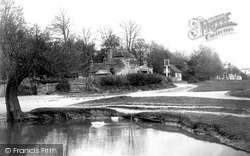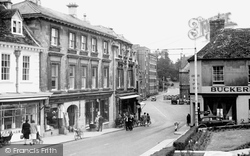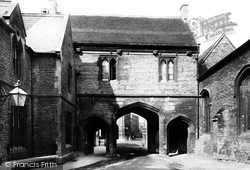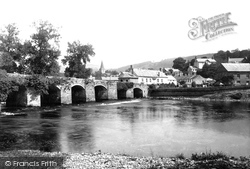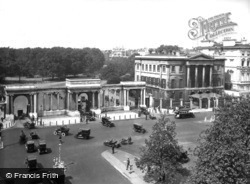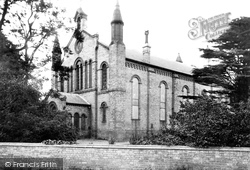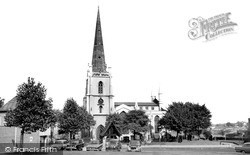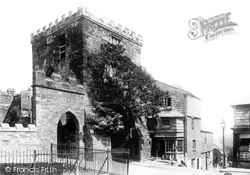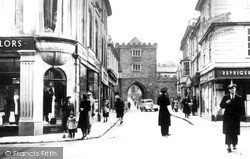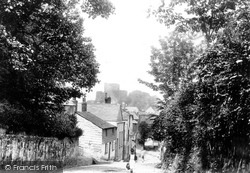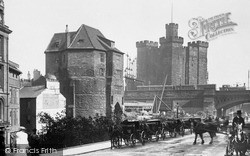Places
Sorry, no places were found that related to your search.
Photos
5 photos found. Showing results 421 to 5.
Maps
83 maps found.
Books
Sorry, no books were found that related to your search.
Memories
1,127 memories found. Showing results 211 to 220.
1 A High Street, Garndiffiath
My name is Robert Gwillim, I lived at 1A High Street with my parents Edward & Betty from when I was born in 1955 until April 1962. My sister, Carol, was born in December 1961. My parents had lived at 1A High ...Read more
A memory of Garndiffaith in 1960 by
Grandad
Can anyone remember my grandad Mark Gregory? He had an Antique or Second Hand shop called The Mart, he died when I was young. I am doing a family tree and need to find as much info as possible about him to enable me to continue my search as I lost my father in 2004. Thank you
A memory of Chorley in 1960
The N.H.S. Early Years To Retirement
The Transport Department at Southmead Hospital when I joined them consisted of an officer, foreman, and four porter drivers, with two buses, three vans, and two cars. We were responsible for supplying ...Read more
A memory of Bristol in 1960 by
Auntie Rose
My brother, sister and I used to visit my Dad's aunt and uncle who ran a Cacti nursery, if my memory is right. Lost touch once we all married, but saw them until 1965. We used to cycle from Chingford, where we lived at the time. They had ...Read more
A memory of Nazeing in 1960 by
71 71a Heswall Busses
I can remember coming back across the Mersey on the ferry boat and getting a bus home. 71a right to the top of our road. 71, a walk home from Irby Village. or the Crossville Heswall bus and walking form Pensby. I was much fitter then ......
A memory of Birkenhead in 1960
School Days
I have fond memories recalling the time spent at the Junior school in Burnopfield which I attended from 1956 to 1962. The Headmaster was Mr John Morgan. He was an inspiring teacher, firm but fair, he made us children understand the ...Read more
A memory of Burnopfield in 1960 by
St Kenneths
My name is Mike Wilson, I was born in 1952 and lived in Lochore in the prefabs, and then later on Kenilworth Terrace. I moved to the states in 1967. I have great childhood memories of those days. My friends were George Whiskers and Duncan ...Read more
A memory of Lochore in 1960 by
Moorfield Rd Salford6
My first memories of Salford are living at 40 Moorfield Rd - just down the road was Holy Angels Church. I went to the brownies there and remember doing the maypole on the green outside the church. I went to St Johns Primary ...Read more
A memory of Salford in 1960 by
Old Jackson Street
I still remember the Co-operative in the 1960s being used as a funeral home for a while, William Brown I think he was called, memory goes a little but I vaguely remember the old man who worked on the desk there dying just after ...Read more
A memory of Gateshead in 1960
Claywood And The Teem Valley Home 1949 To 1969
How wonderful to hear of one of my dear friend's memories of 1960s Menith Wood. Although I was actually born at "Eardiston" Farm called Moor Farm, in one of the converted barns in 1949, I spent all ...Read more
A memory of Menithwood in 1960 by
Captions
1,233 captions found. Showing results 505 to 528.
This imposing Italianate building, with its lofty round-arched windows, was built by Cuthbert Brodrick in the late 1860s. It later became the Civic Theatre.
On the right, the Royal Oak, the shop with the arched door and window, and the building nearest the camera, here Dolly's sweet shop, all remain.
The arched- roofed building on the right-hand side is the site previously used by the Coventry Motor Works, but by the 1950s it was one of several sites used by Caffyns, the countrywide
Over the years it has been a toll-gate, prison, guildhall and museum.The original Norman arch dates back to about 1175, and the tower was added a century later.The upper floor used to be the guildhall
Using water ballast to operate it, it still works today, making the journey between town and beach a much easier one. The pier opened in 1869, and was originally 1500ft long.
On the left is a high-quality Tudor house, with arched windows for a shop at the far end. Opposite is the 15th-century Wool Hall, originally the Guild of Our Lady, with an open hall and cross-wings.
At the centre of the town is the old Market House with its shallow arched openings and weather-vaned bellcote.
The choir arch and several nave bays carry remnants of Medieval paintings. The tower of 1756 records churchwardens and masons.
This view is of the east portal to the tunnel - it looks like any other canal bridge apart from the rusticated arch into the blackness.
The three men just visible under the limestone arch give a Lilliputian perspective to the scene.
This strong two-arched stone bridge spans the River Ribble at Gisburn. Note the two farm carts with shafts designed for sturdy horses to the right of the yeoman farmer's dwelling.
Although relatively little of the medieval castle remains, the highlight is undoubtedly the late 13th-century gatehouse with the arched gateway flanked by massive drum towers.
Away to the right are the south lodges to Moor Park, a pair of small lodges linked by a Tuscan Doric arch. From this viewpoint these are now hidden by young oaks.
Although the parish register dates from 1538, the style, decoration and monumental devices within the church indicate a much earlier presence - at least in the 14th century, since there are brasses commemorating
Next to the arch is Tim Henly, gents' outfitters, and Phillips Bros, house furnishers at Nos 5 & 7.
The left- hand or south pedestrian arch was inserted in 1865, and the building on the left was part of the police station, built in 1865 and demolished in 1964 for the present (very 1960s) Abbey
It is a curious fact that the side shown in the picture has thirteen arches, whilst the other side has one fewer.
To the right of the arch is Apsley House, one of only two or three of Piccadilly’s great houses to survive. Known popularly as ‘Number One, London’, it was built by Robert Adam in the 1770s.
Its neo- Norman style - complete with round-headed arches and corbel tables - was very much of its time. The triangle beneath the bellcote symbolizes the Trinity itself.
The most unusual feature of St Matthew's is an arched passageway underneath the chancel.
The sycamore tree was cut down amid great hue and cry in 1953 because it was thought to be damaging the arch.
The earlier picture shows little traffic bar the donkey cart, but the advent of the car meant that by 1949 a traffic warden was needed to control traffic through the arch.
The Plymouth and Devonport Inn, whose sign can just be seen to the right of the arch, is now the Newmarket.
The house on the top of the gate is a much later addition. So are the corner turrets and battlements of the keep, which were added in 1812.
Places (0)
Photos (5)
Memories (1127)
Books (0)
Maps (83)



